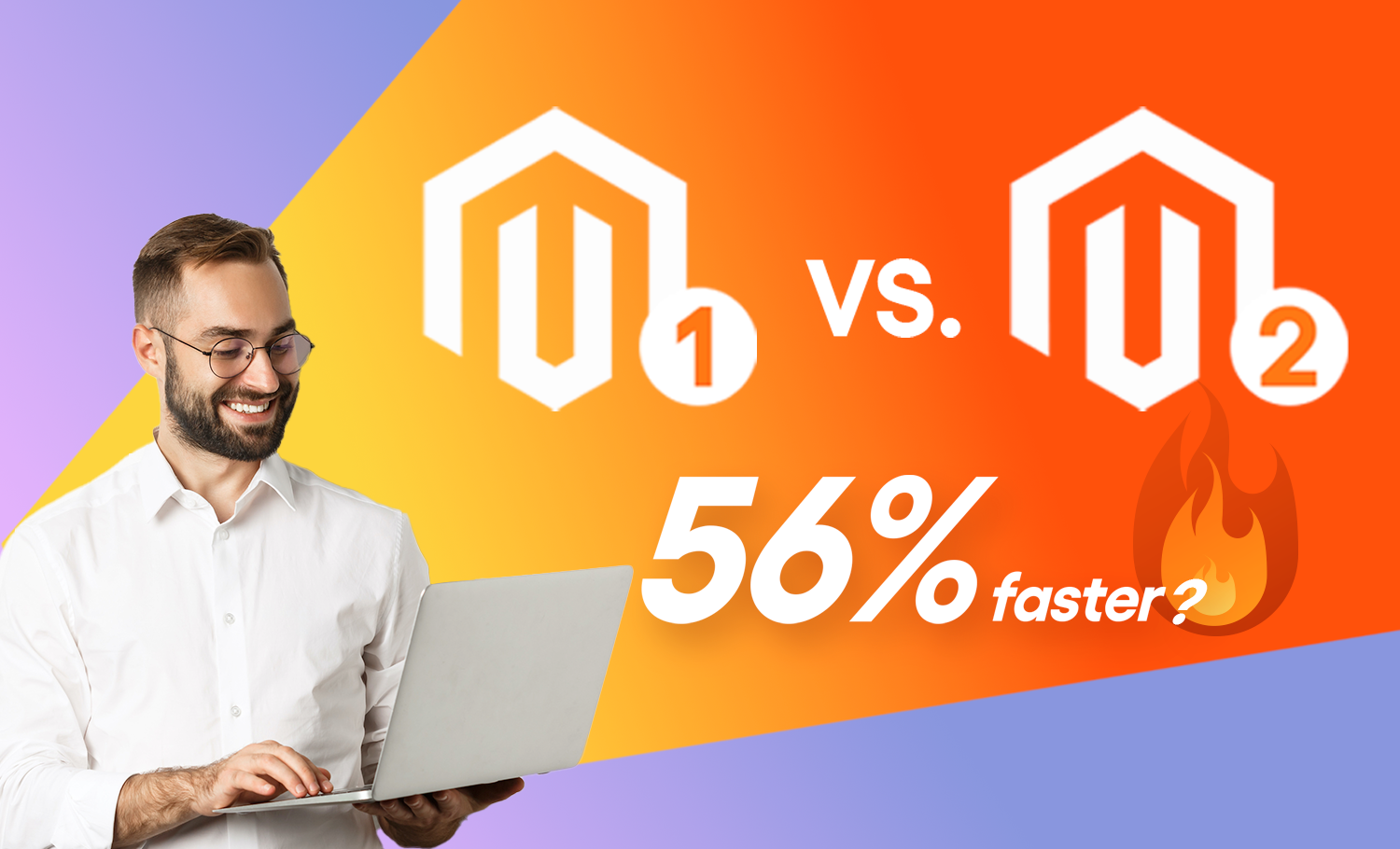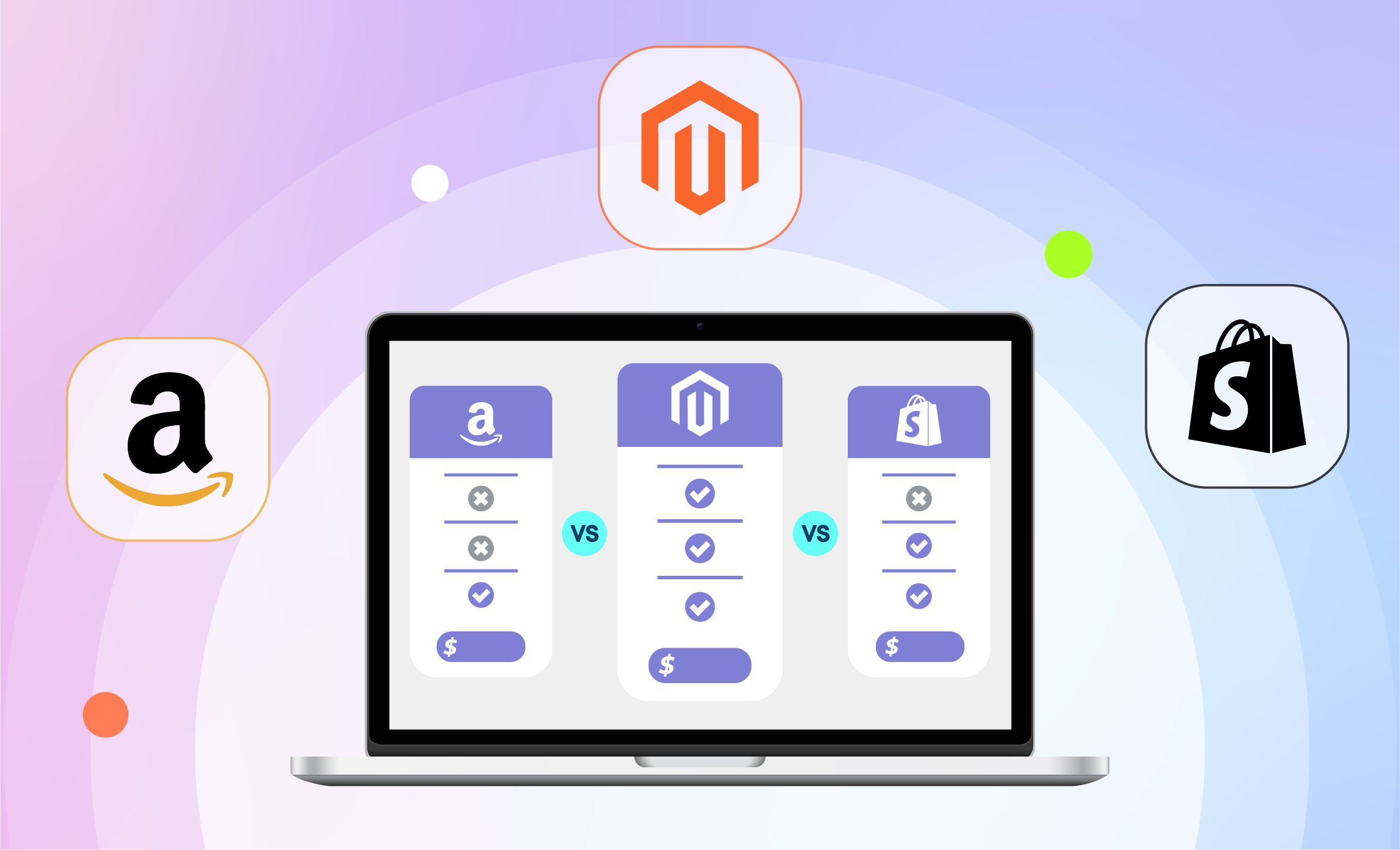Adobe Commerce (previously known as Magento) has risen quickly and dramatically to dominate the crowded eCommerce space, just closing its 4th consecutive year as the most widely used platform.
After years in the number one position it has a support network and extension ecosystem that no other platform can rival. Adobe Commerce (Magento) doesn’t appear to be going anywhere soon. The question however, is how did it reach such a position of dominance? There are plenty of open source, community driven ecommerce software platforms out there. You will also find a large selection of eCommerce solutions that you will have to pay for.
The problem has always been that many of these solutions never seem to quite provide everything that the business is looking for to provide a tailored solution for its customers.
Open source is great. But it often suffers from a lag in development time. Even when it comes to patching security issues that are critical to survival there can be problems in getting them dealt with.
Paid eCommerce solutions often suffer from exactly the same issues, despite on the surface looking like they offer native integration of the exact features you are willing to pay for.
Adobe Commerce (Magento) is the exception. It has delivered on the power, flexibility and scalability that is required to meet the needs of any business. So trusted is Adobe Commerce that is runs the ecommerce sites of some of the biggest brands in the world, including Samsung, The North Face and Office Max.
This pedigree has been built up from it’s inception. But what about its development path has made it develop into something so different?
The Adobe Commerce (Magento) Difference Is In Its Open Source History
Unlike a lot of other e-commerce solutions, Adobe Commerce (Magento) has its beginnings in open source and today still keeps in touch with those roots, through providing a free and open source version of its software.
The company behind original Magento, Varien, worked with osCommerce, a previously leading eCommerce platform that still enjoys a sizable market share today.
Originally designed to be a fork project, the differences in terms of what they want to achieve convinced Varien to develop the project from scratch and on their own terms.
The team felt that limitations within osCommerce as a codebase and community meant that they were not able to achieve the things that they felt were important in an eCommerce platform.
As well as lacking stability, the Varien team felt that osCommerce suffered from a lack of core features and flexibility. They felt that poor usability and the difficulty of customization severely limited both the future development of osCommerce and its usefulness as a serious choice.
So Adobe Commerce (Magento) had its roots in the power of community software but the team behind it chose to break free of the constraints they encountered and blaze their own trail, with the goal of creating the most extensible eCommerce platform available.
The development of Magento began in early 2007. The first public beta release was on August 31 of that year. Originally called Bento, legal issues forced the team to change the name to Magento, Mage being the name of a wizard in many roleplaying games, confirming that Magento is developed by real geeks!
Following on from that, the first full release of Magento e-commerce was a year after the first public beta release, August 31, 2008. The software was an instant success, filling a need that even Fortune 500 companies started taking advantage of. For an open source eCommerce platform to be immediately embraced by large companies with big budgets and bigger security demands shows how in tune with what was needed Varien was.
Since then, Magento has remained true to these open source roots by developing and maintaining an open source community version free of charge. Incredibly powerful, it is community supported and driven and is still a fantastic solution for any online business.
But in parallel with that, the company has also developed a professional edition. Using the open source version at its heart, this base has allowed Magento to offer an even more flexible and scaleable professional solution, Magento Enterprise.
Magento Enterprise was a direct response to the embracing of the original software by larger companies. With a gap in the market glaringly obvious, the team developed a solution that would appeal to larger companies who needed more power, backed-up by expert consultancy.
in 2018 Adobe acquired Magento and incorporated it as a part of Adobe Experience products. in 2021 Magento received its new name: Adobe Commerce.
So What Is The Adobe Commerce (Magento) Difference?
Anyone who has wrestled with providing an online store for their business will tell you that integration and the ability to customize are the biggest headaches. Both these problems can take time and money to deal with, and still leave customers with an experience that is disjointed.
In both the Community and Enterprise editions, you can benefit from a large number of “off the shelf” customizations, available through the Adobe Commerce (Magento) Connect Store. There are literally thousands of themes and extensions you can use, some free and some paid.
Not only does this allow anyone to increase and tailor functionality rapidly, but it can also be used as the base to develop custom functionality on top of.
As a result of this and the architecture of Adobe Commerce (Magento), it is known as a platform capable of delivering outstanding contextual, personalized experiences to customers with relative ease.
And it is not just superior eCommerce functionality that makes Adobe Commerce (Magento) a superior platform. It has also been shrewd enough to wrap the eCommerce solution within a complete content management system.
Adobe Commerce (Magento) content management system has been compared favorably with the powerhouse CMS WordPress. This has allowed companies to develop entire websites using Adobe Commerce, rather than strapping it onto an existing website, improving speed and security.
What Can Adobe Commerce (Magento) Do For Your eCommerce Business?
The reality is that if you are looking at Adobe Commerce Enterprise edition then you probably already are aware of what it can do for your business. As it costs nearly $16,000 per year (as of 2015) you will also be well aware of the power of the platform you will be investing in.
But for the rest of us, the world now and in the future lays in Adobe Commerce Community edition.
Whatever your current position, with a specialist Adobe Commerce (Magento) developer on-board you can quickly develop an online store that meets your customers’ needs exactly.
This is in large part thanks to Adobe Commerce's ability to integrate. Due to it's position in the industry, nearly all eCommerce tools and service providers offer off-the-shelf integration with Adobe Commerce. The cost and time needed to create a cutting edge eCommerce experience on Adobe Commerce is minimal as a result.
Adobe Commerce also integrates tightly with Google Analytics to provide a hugely detailed picture of what every visitor to your site does and where every single sale is coming from. This is incredibly powerful as it allows you to make your sales funnel more dynamic and convert more leads to customers.
Without doubt, Adobe Commerce is the most powerful and flexible eCommerce solution on the market right now, a position it has obtained through taking chances when needed and reacting to opportunities in a way no other platform has.












